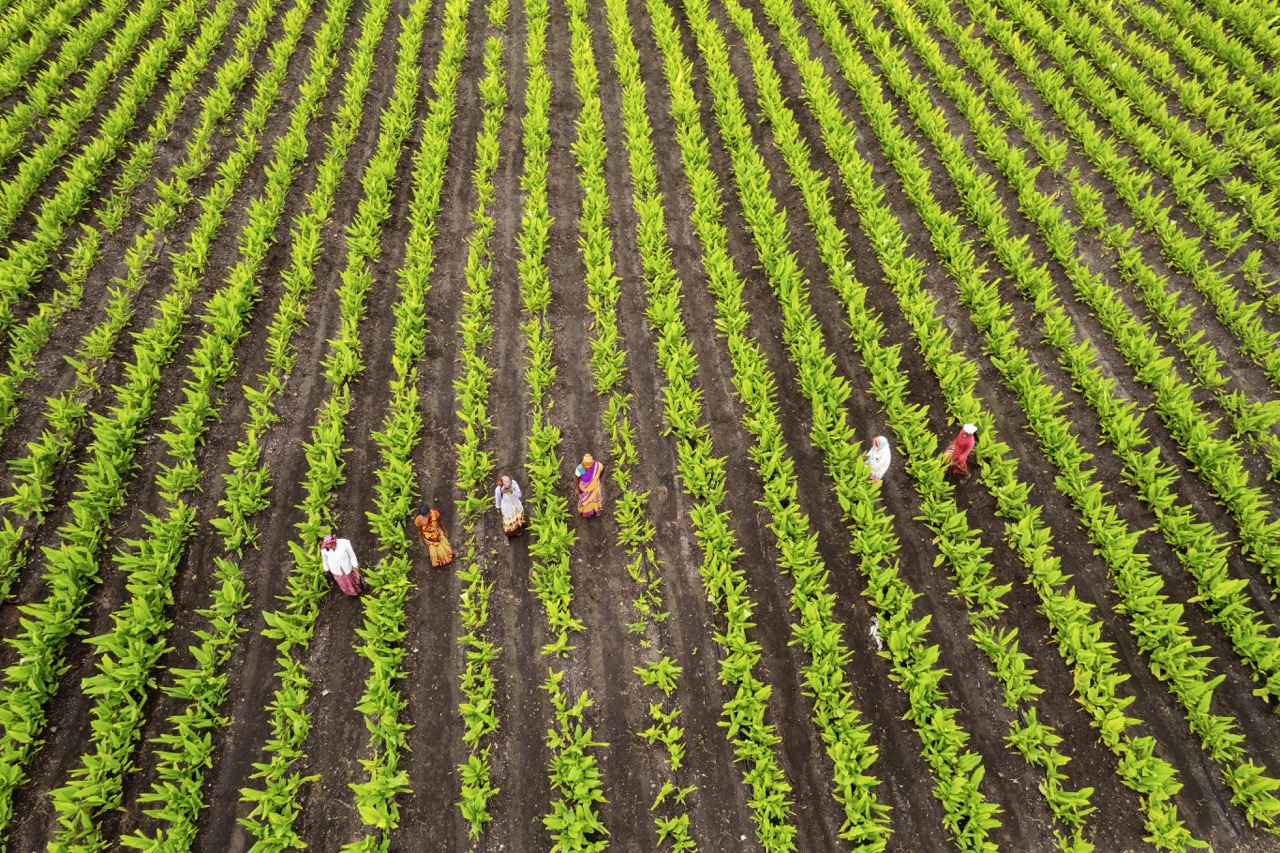Sharecropping emerged as a significant agricultural system in the southern United States during the post-Civil War era, reshaping the socio-economic landscape of the region. While initially intended as a practical solution to the widespread devastation caused by the war, sharecropping soon developed into a complex and often exploitative arrangement that would affect generations. This article delves into the origins, economic implications, lived experiences, and eventual decline of sharecropping, providing a comprehensive look back at a system that was both a product of necessity and a catalyst for enduring social challenges.
The Origins of Sharecropping: A System Born from Need
The establishment of sharecropping can be traced back to the aftermath of the Civil War, particularly during the Reconstruction era. With the abolition of slavery, the Southern economy faced a significant labor void. Many formerly enslaved individuals sought independence but lacked the financial resources to purchase land or tools necessary for farming. In this context, sharecropping emerged as a compromise; landowners, who had lost their labor force, needed workers to cultivate their lands, while freedmen required access to land to make a living.
In its early form, sharecropping allowed tenant farmers, often impoverished African Americans, to work on a portion of the land they did not own. In exchange for a share of the crop yield, they would manage the cultivation and harvesting processes. This arrangement ostensibly provided agricultural laborers with a sense of autonomy and the opportunity to earn, albeit with many strings attached. The sharecropping system was meant to facilitate economic recovery for the South while offering a semblance of opportunity to those who had been disenfranchised.
However, the reality of sharecropping was often starkly different from its intended purpose. Landowners frequently exploited the system by imposing exorbitant debts on sharecroppers for tools, seeds, and living expenses, creating a cycle of dependency and poverty. Thus, what began as a necessary economic adaptation quickly morphed into a quasi-feudal system that kept sharecroppers in a state of economic bondage, laying the groundwork for social and racial inequalities that would persist for decades.
Economic Forces: How Sharecropping Shaped Rural South
The economic implications of sharecropping were profound, influencing agricultural practices and the rural economy in the South. Sharecropping facilitated the continuation of cash-crop farming, particularly in the production of cotton, which became the mainstay of Southern agriculture. This reliance on a single cash crop not only hindered agricultural diversification but also left the economy vulnerable to fluctuations in market prices, exacerbating the financial strain on both landowners and sharecroppers.
Additionally, the sharecropping system perpetuated a cycle of indebtedness among rural families. Sharecroppers often borrowed against future harvests, leading to an endless loop of debt that made it nearly impossible to escape their economic circumstances. This reliance on credit also kept sharecroppers tied to the local merchants, who often charged inflated prices for goods, further entrenching economic disparities and fostering a paternalistic relationship that limited the autonomy of tenant farmers.
As sharecropping became entrenched in the Southern economy, it also stifled labor mobility. Many sharecroppers could not afford to leave their plots due to the debts incurred and the fear of losing their meager livelihoods. This lack of mobility restricted labor rights and kept communities stagnant, stifling economic growth and innovation. Consequently, sharecropping played a pivotal role in maintaining the socio-economic hierarchies that characterized the South long after the Civil War.
The Lives of Sharecroppers: Struggles and Resilience
The lives of sharecroppers were marked by hardship and resilience, as they navigated the complexities of a system designed to keep them subservient. Most sharecroppers lived in poverty, toiling long hours in harsh conditions while receiving only a fraction of the crop yield to support their families. The homes they inhabited were often rudimentary and lacked basic amenities, revealing the stark contrast between the agrarian ideal and the grim reality of their existence.
Despite their struggles, many sharecroppers developed strong communities rooted in cooperation and mutual support. Social networks emerged, allowing families to share resources and labor when needed. Churches and community organizations became vital support systems that provided not only spiritual solace but also a means of advocacy against the injustices they faced. This communal resilience played an essential role in helping families endure the hardships of sharecropping, fostering a sense of identity and solidarity among the oppressed.
Moreover, the legacy of sharecropping extended beyond mere survival; it fostered a culture of resistance. Many sharecroppers engaged in collective actions, such as strikes, to advocate for better wages and working conditions. These early labor movements laid the groundwork for future civil rights activism, as sharecroppers began to recognize their shared plight and seek greater rights and opportunities. The struggles of these individuals not only highlighted their resilience but also served as a testament to the enduring fight for dignity and equality.
The Decline of Sharecropping: Legacies and Lessons Learned
Sharecropping began to decline significantly in the mid-20th century, driven by a variety of economic and social changes. The Great Depression severely impacted agricultural markets, leading to falling crop prices and increasing debts for sharecroppers. The introduction of mechanized farming further diminished the demand for labor, as tractors and other machinery replaced manual labor on cotton farms. Consequently, many sharecroppers were forced to abandon their plots and seek work in burgeoning urban centers or other professions.
The post-World War II period brought about significant civil rights advancements, igniting a movement that challenged the systemic injustices associated with sharecropping. African Americans began to mobilize for their rights, advocating for better treatment and greater opportunities. Legislative changes, such as the GI Bill and the civil rights movement, enabled many former sharecroppers to secure better jobs and educational opportunities, leading to a gradual dismantling of the sharecropping system.
Reflecting on the legacy of sharecropping reveals important lessons about economic dependency, systemic inequality, and social justice. While sharecropping was initially seen as a practical solution to a pressing need, it ultimately reinforced cycles of poverty and disenfranchisement. Understanding this history emphasizes the importance of addressing economic disparities and striving for equitable systems that promote opportunity for all, ensuring that the lessons learned from sharecropping are not forgotten.
The history of sharecropping is a reminder of the complexities of agricultural systems and their profound impact on social structures. While it was born out of necessity, sharecropping became a mechanism of exploitation that affected countless lives. By examining its origins, economic implications, and the lived experiences of sharecroppers, we gain insight into a critical chapter of American history. The decline of this system, alongside the triumphs of resilience and advocacy, serves as a testament to the enduring human spirit in the face of adversity and highlights the ongoing fight for equality and justice in society.










